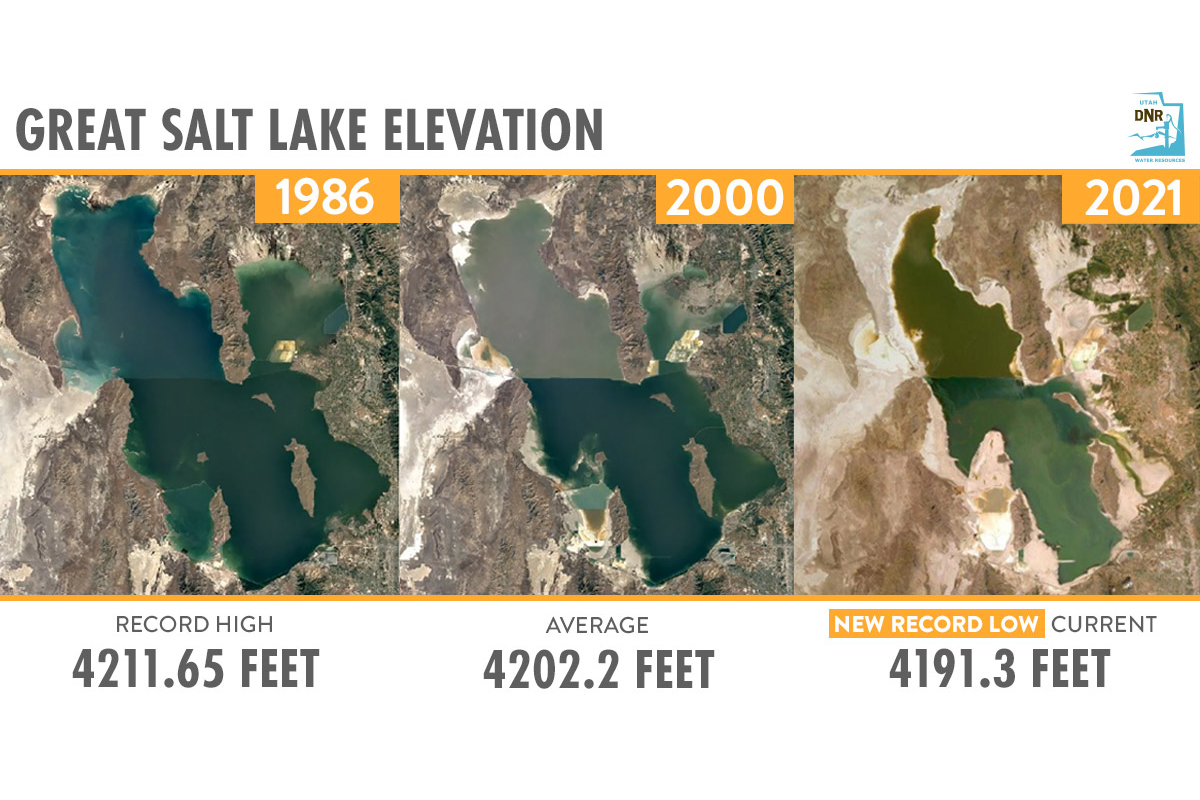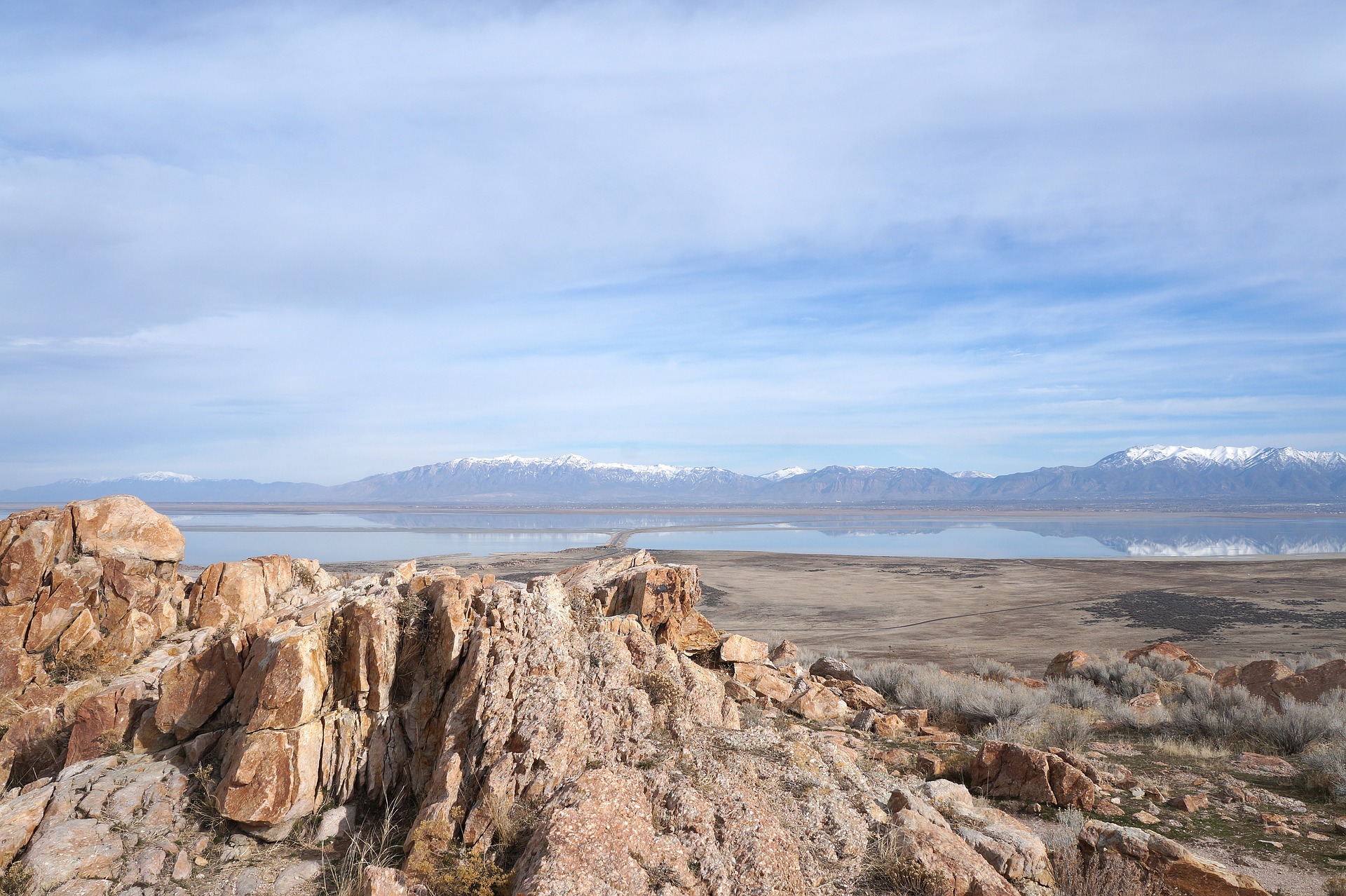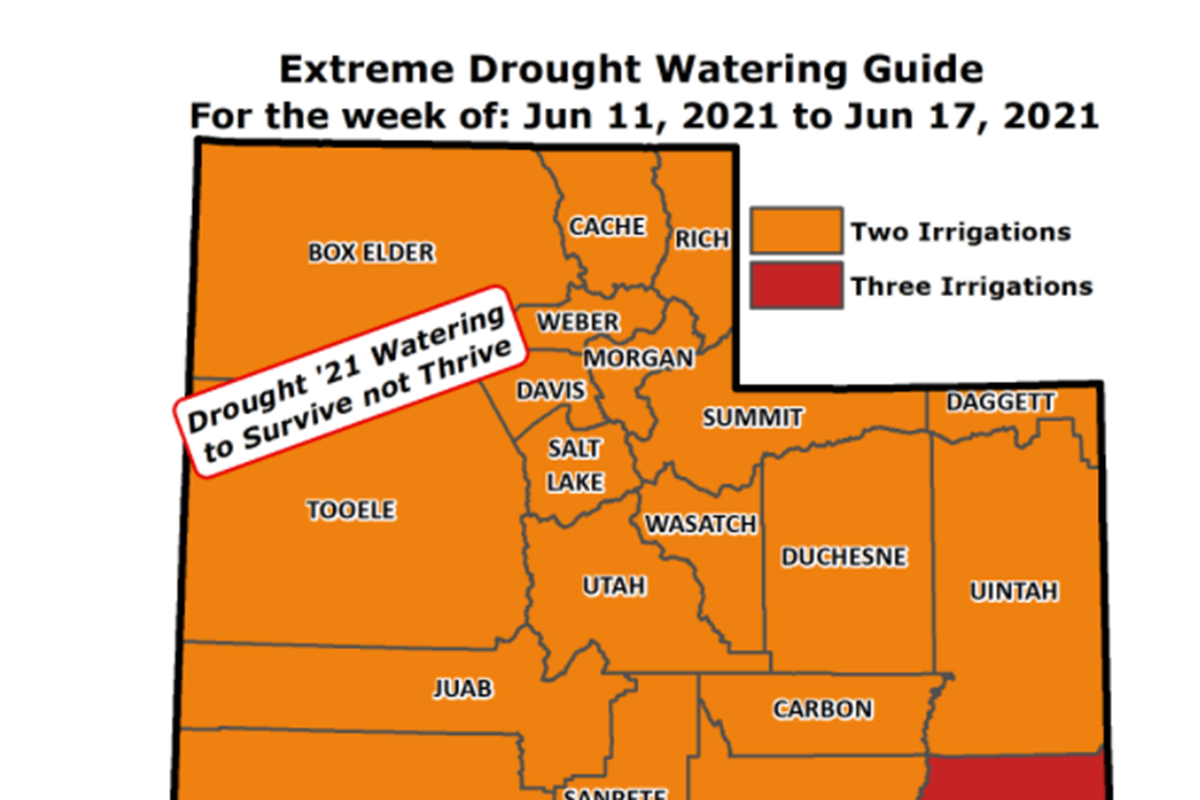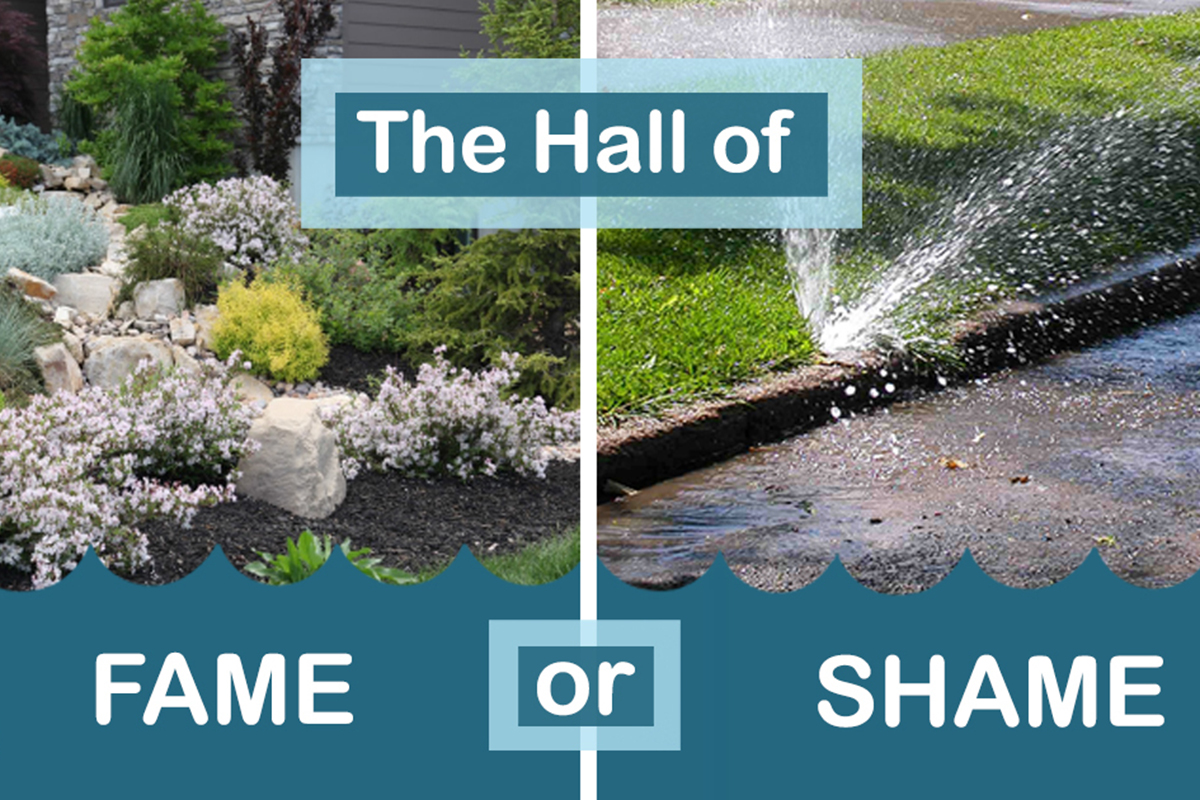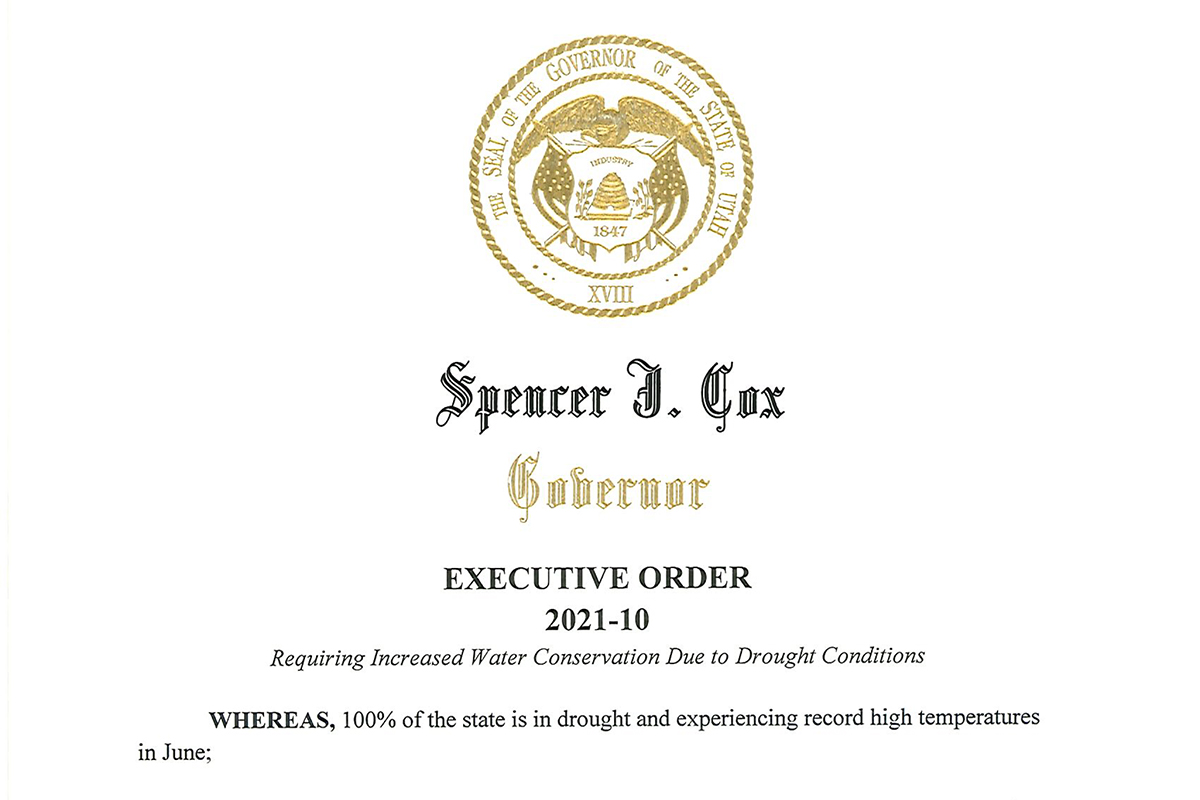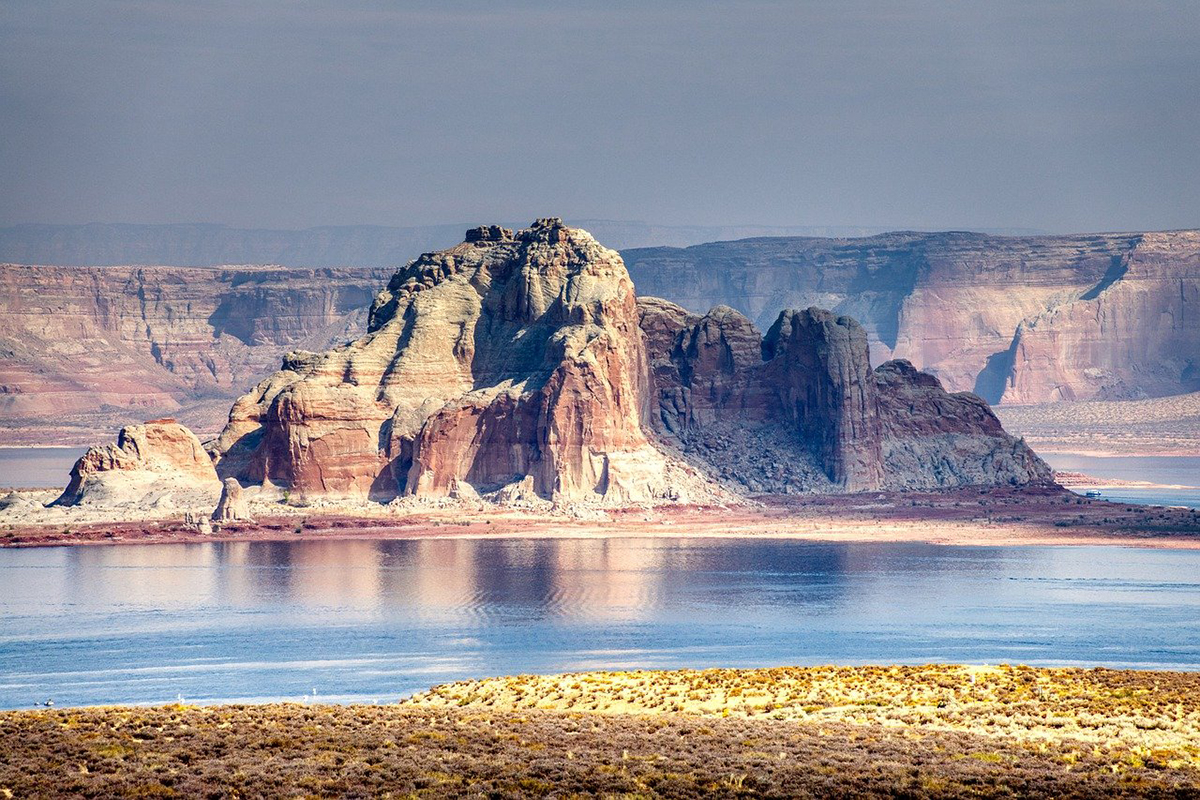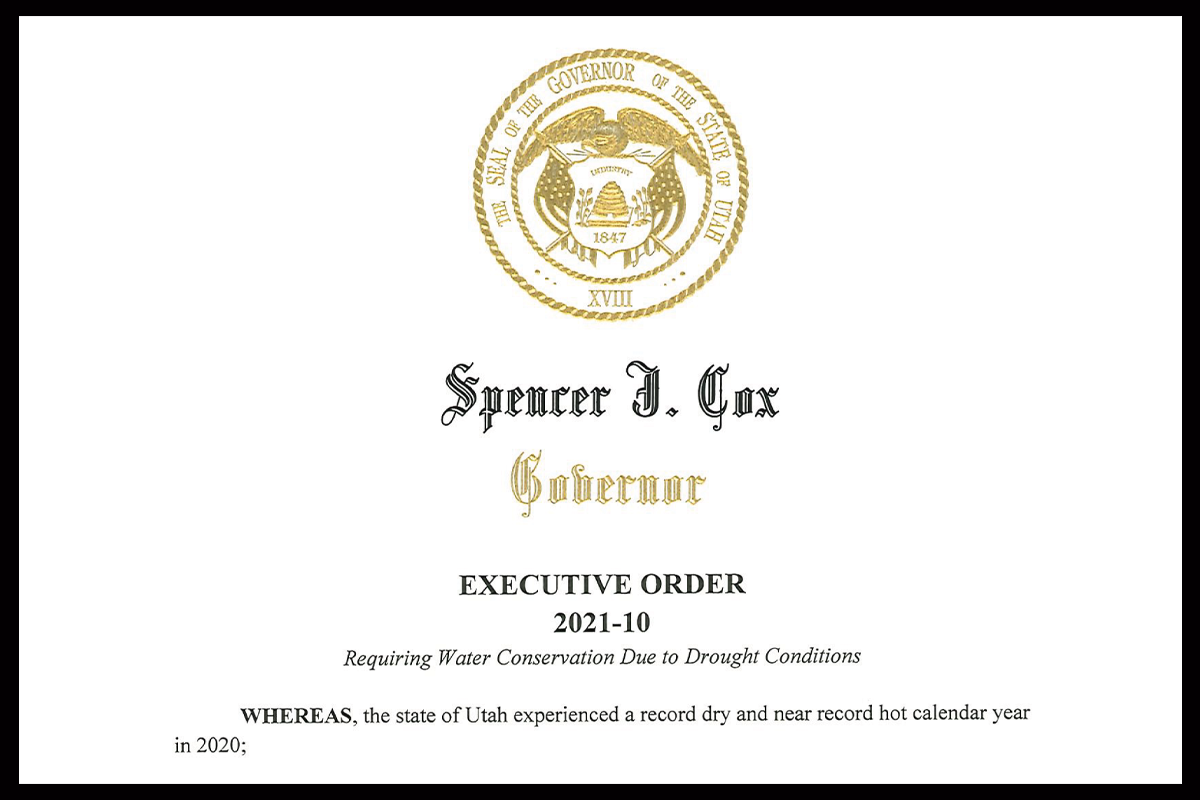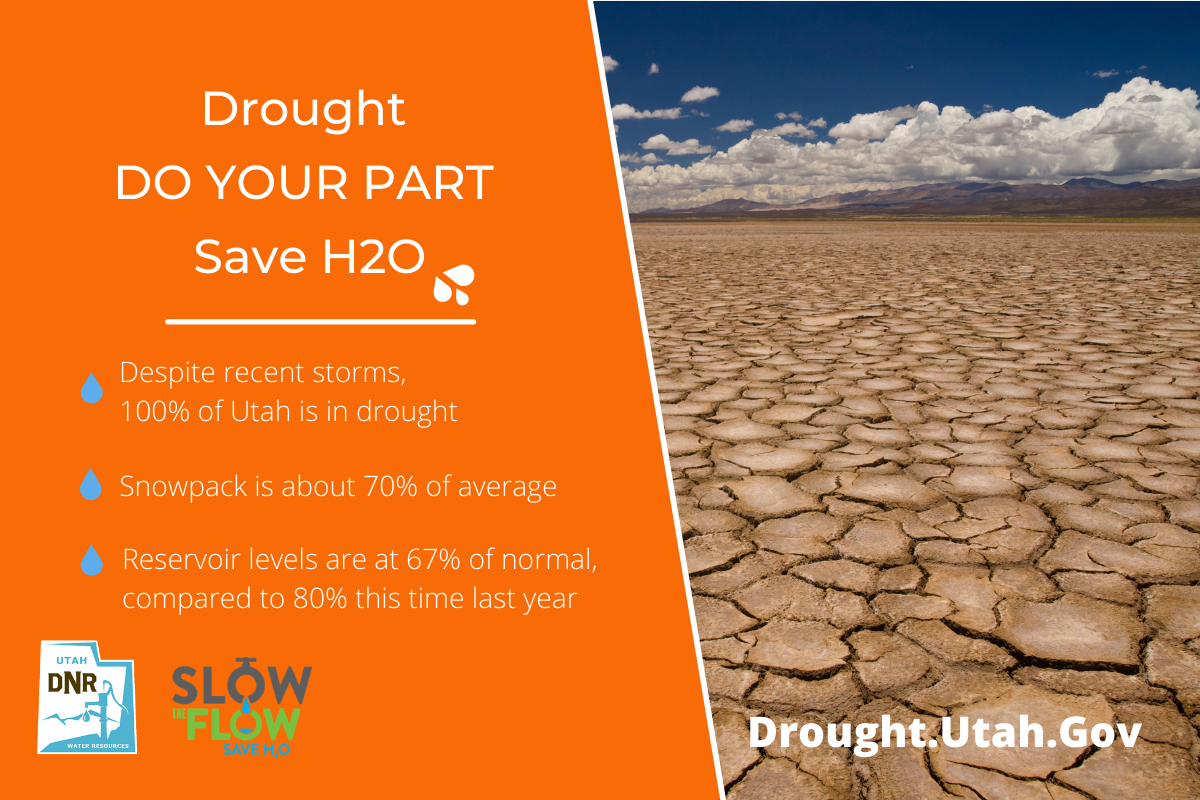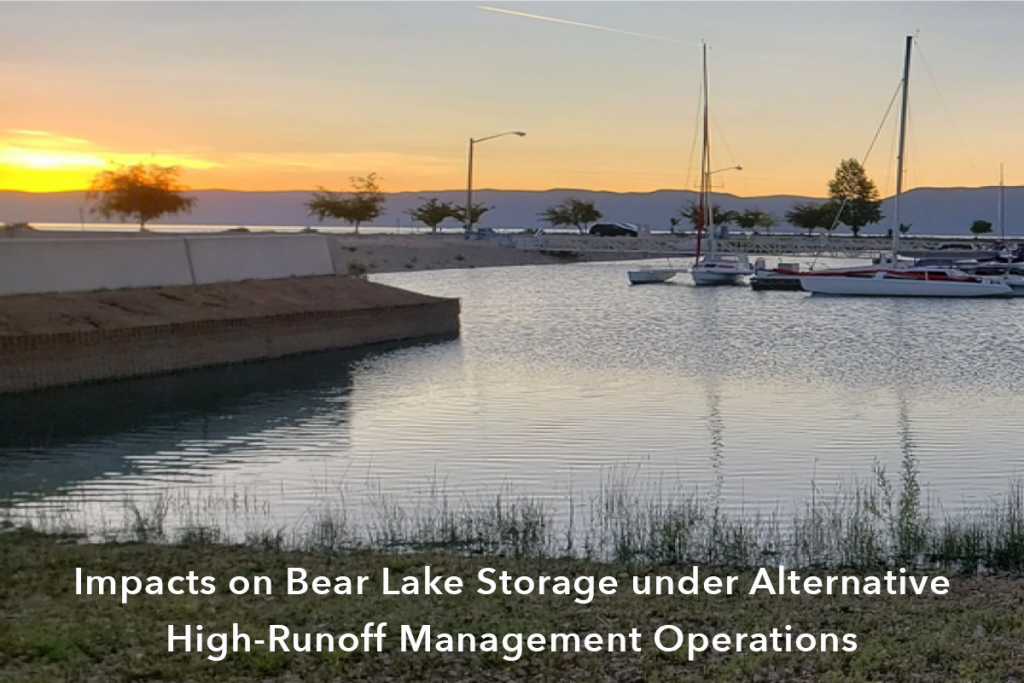According to the USGS, the southern portion of the Great Salt Lake is at a new historic low, with average daily water levels dropping about an inch below the previous record set in 1963, according to U.S. Geological Survey information collected at the SaltAir gauge location.
“Based on current trends and historical data, the USGS anticipates water levels may decline an additional foot over the next several months,” said USGS Utah Water Science Center data chief Ryan Rowland. “This information is critical in helping resource managers make informed decisions on Great Salt Lake resources. You can’t manage what you don’t measure.”
(more…)
